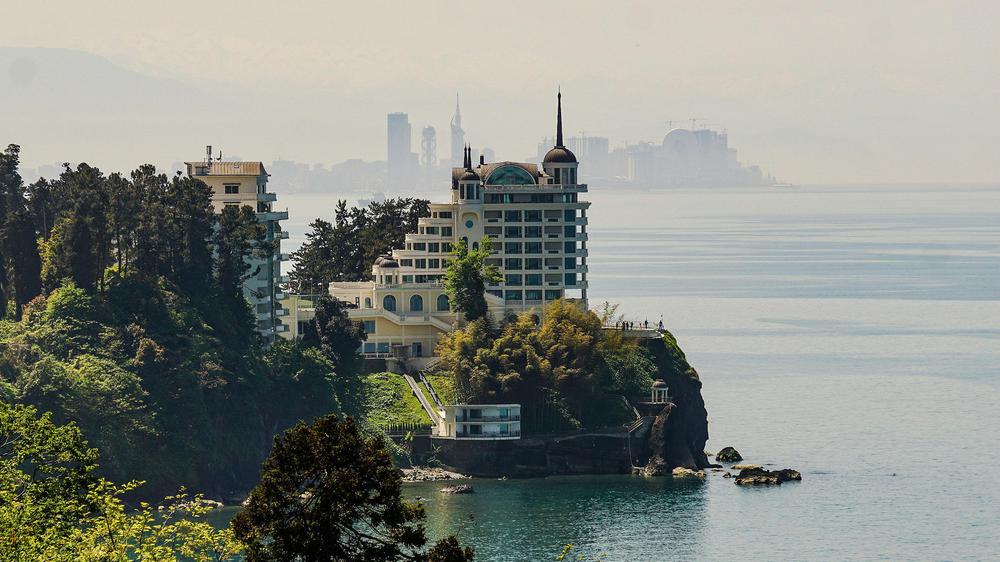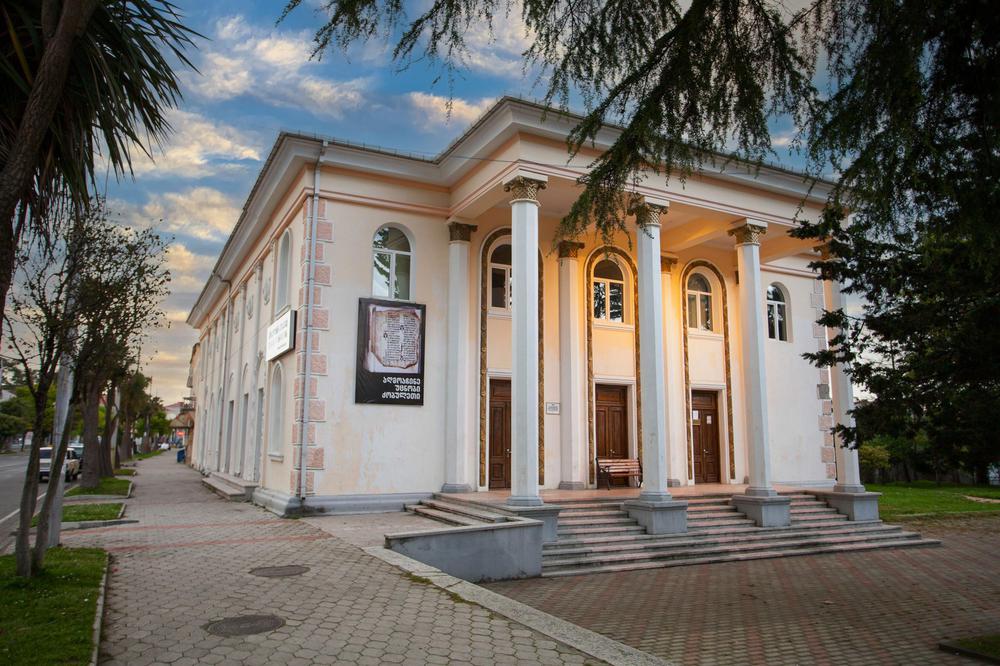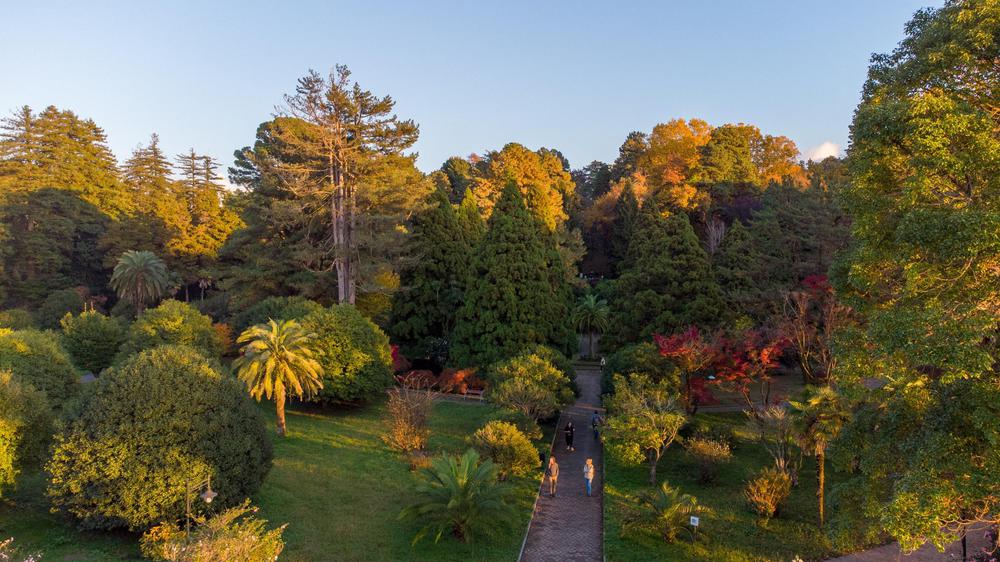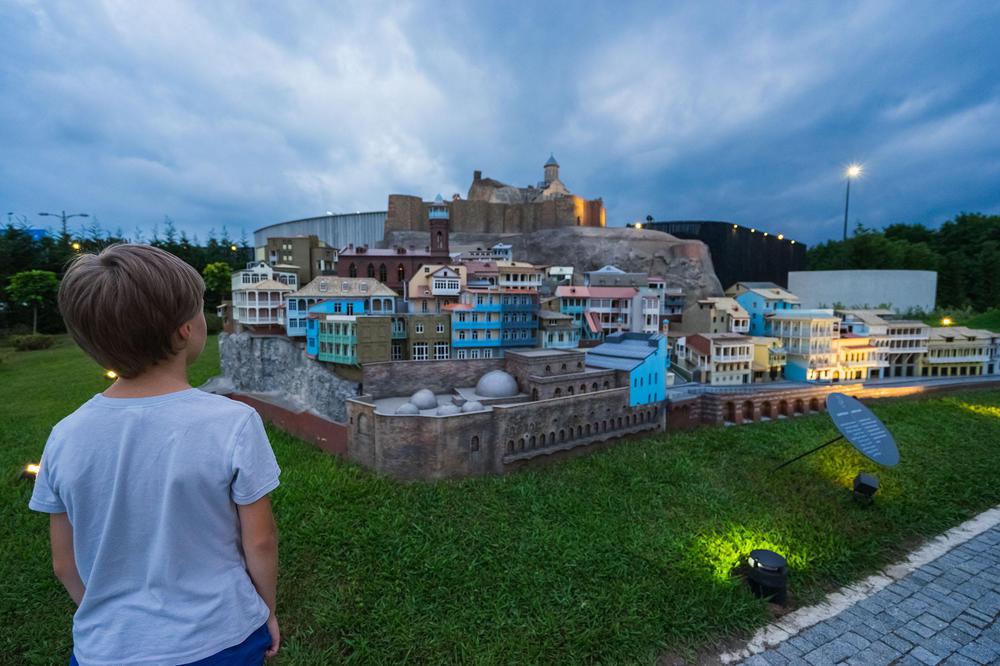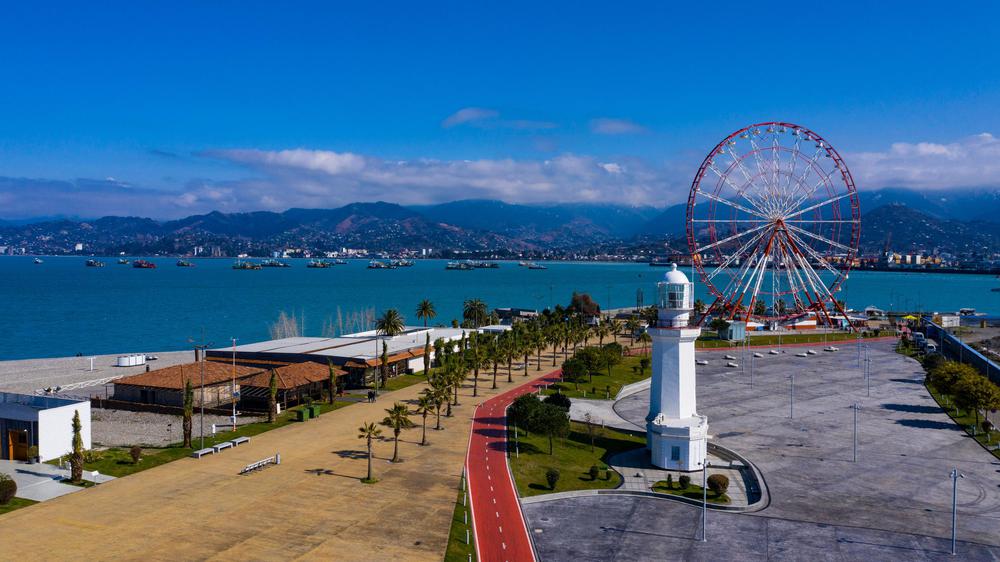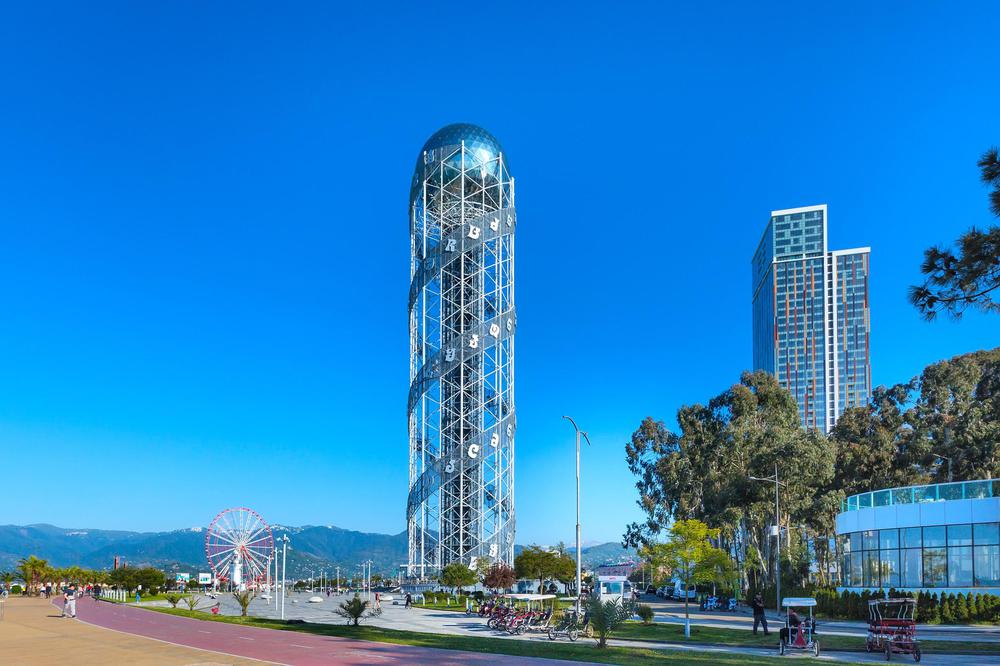A time-worn monument perched on a rugged, rocky hill in the village of Tsikhisdziri, Petra Fortress holds an essential place in both Georgian and Byzantine history. Situated 23 kilometers (approximately 14 miles) from Batumi, Petra was once an impregnable citadel connecting western Georgia to the Byzantine provinces and commanding the eastern Black Sea coastline. Today, while in ruins, it provides a captivating portal into a rich past that spans Europe and Central Asia.
Dating back to the 6th century, Petra was erected over an ancient Laz settlement, known today as Justinian's City. As it loomed over the Black Sea, the fortress was nigh on impregnable, with defenses on land bolstered by a robust wall and a steep cliff. Petra, meaning rock in Greek, was aptly named given its strategic rocky vantage point.
The fortress drew the attention of the Sasanian Persians, sparking the Battle of Egrisi, part of the fifty-year Lazic War, which Persia ultimately claimed victory over. Following this tumultuous period, Petra continued to play a pivotal role in the political landscape of western Georgia during the Byzantine era, controlling sea routes and land trade.
Today, the Petra Fortress Museum & Reserve stands as a tribute to this rich history. Visitors can explore the remnants of the fortress, foundations of a 6th-7th-century basilica, the remains of a palace, an ancient bath, and the ruined medical and military quarters. Moreover, the citadel houses archaeological findings including antique baths, farmhouses, soldiers' residences, and the vestiges of the Episcopal Cathedral of Peter.
John Strathegos built Petra Fortress, or the Castle of Kajeti as it is known in Georgia, in 535 AD, and it was supposed that this is the castle mentioned in Rustaveli’s poem “The knight in panther’s skin”. Standing 440 meters (around 1443 feet) above sea level and just 9 km (around 5.6 miles) from Kobuleti, the fortress presents not only a breathtaking historical site but also a vantage point offering stunning views of the Black Sea.
The history of Petra has captivated researchers for years, with archaeological investigations beginning in the early 20th century and continuing to the present day. The rich tomb discovered here in 1908, which contained a large crystal within a golden frame now housed in the Hermitage, is a testament to the historical wealth the site holds.
From its days as a Byzantine stronghold and Episcopal center to its dramatic role in the Lazic War and subsequent downfall, Petra Fortress offers visitors an immersive dive into a past that shaped the course of Georgian and European history. This archaeological marvel, bearing the imprints of several civilizations, stands as a reminder of the region's resilience and a beacon of historical curiosity.


